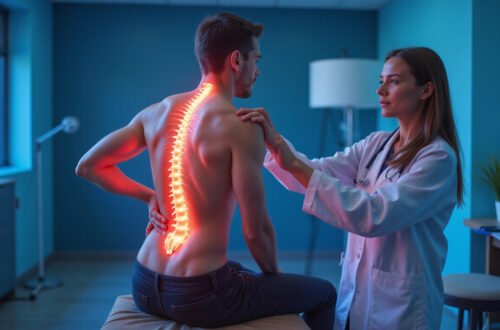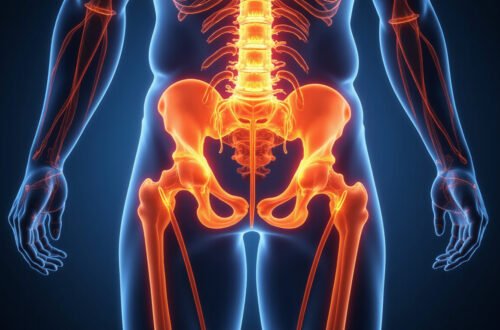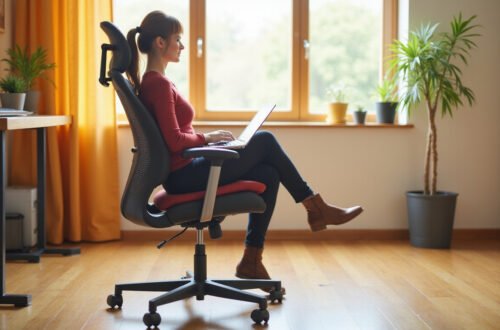Back pain is one of the most common ailments affecting millions worldwide. Whether caused by muscle strain, poor posture, or underlying medical conditions, seeking effective back pain relief is essential for maintaining a good quality of life. In this article, we will explore proven strategies that can help you ease back discomfort quickly, allowing you to return to your daily activities with less pain and greater mobility.
Understanding Back Pain and Its Causes
Before diving into relief methods, it’s crucial to understand the root causes of back pain. The back comprises muscles, ligaments, discs, and vertebrae, all of which can be sources of pain if injured or strained.
Common causes include:
- Muscle or ligament strain from heavy lifting or sudden movements
- Herniated or slipped discs putting pressure on nerves
- Poor posture leading to spinal misalignment
- Arthritis or osteoporosis affecting spine health
- Sedentary lifestyle weakening back muscles
Knowing the cause of your back pain can help you choose the most appropriate relief strategies.
Quick Back Pain Relief Techniques You Can Try at Home
If you experience sudden or mild back pain, several at-home remedies can provide fast relief:
1. Apply Cold or Heat Therapy
Ice packs help reduce inflammation and numb sore tissues when used in the first 24-48 hours after injury. After that, heat packs or warm baths can relax tight muscles and improve blood flow to the area, aiding healing.
2. Gentle Stretching and Movement
While bed rest was once commonly recommended, gentle stretching and light activities are now favored to prevent stiffness. Try simple stretches like knee-to-chest or cat-cow poses to keep your back flexible and reduce discomfort.

3. Over-the-Counter Pain Relievers
Nonsteroidal anti-inflammatory drugs (NSAIDs) such as ibuprofen can reduce pain and swelling. Always follow dosing instructions and consult a healthcare provider before use.
4. Maintain Proper Posture
Slouching strains your back. Keep your spine neutral and shoulders relaxed whether sitting or standing. Ergonomic chairs and standing desks can make a positive difference.
Lifestyle Changes to Prevent and Manage Back Pain
Long-term back pain relief often requires lifestyle adjustments. Consider incorporating these strategies:
- Regular Exercise: Engage in low-impact aerobic exercises like walking, swimming, or cycling to strengthen back muscles and improve flexibility.
- Core Strengthening: Strong abdominal and back muscles support the spine and reduce injury risk.
- Healthy Weight: Excess weight puts pressure on your back, so maintaining a healthy BMI can alleviate stress on your spine.
- Ergonomic Workspace: Set up your workstation to promote good posture, with monitors at eye level and feet flat on the floor.
- Proper Lifting Techniques: Always bend at your knees and keep the object close to your body to avoid strain.
When to See a Doctor
While many cases of back pain improve with self-care, sometimes medical intervention is necessary. Consult your healthcare provider if:
- Pain is severe or persists beyond a few weeks
- You experience numbness, tingling, or weakness in your legs
- You have bladder or bowel control issues
- Pain follows trauma or injury
A doctor can diagnose underlying conditions through physical exams and imaging and may recommend physical therapy, medications, or procedures.
Proven Professional Treatments for Back Pain Relief
For chronic or severe back pain, professional treatments can offer significant relief:
1. Physical Therapy
Specialists tailor exercises that improve strength, flexibility, and posture, helping to alleviate pain and prevent future episodes.
2. Chiropractic Care
Spinal manipulation and adjustments can reduce pain and improve mobility for some patients.
3. Injections
Steroid injections may reduce inflammation around nerves in cases like herniated discs.
4. Surgery
Reserved for severe cases, surgery may be needed to correct structural problems causing pain.
According to the American Academy of Orthopaedic Surgeons, physical therapy and exercise are effective first-line treatments for many types of back pain (source).
Essential Tips for Effective Back Pain Relief
To summarize, here are key strategies to implement for quick and lasting back pain relief:
- Begin with cold therapy immediately after injury, then switch to heat.
- Stay active with gentle stretches and avoid prolonged bed rest.
- Use over-the-counter pain medications responsibly.
- Maintain good posture throughout the day.
- Incorporate strengthening and aerobic exercise into your routine.
- Seek medical advice for persistent or severe pain.
- Explore professional treatments such as physical therapy.
Frequently Asked Questions (FAQ)
Q1: What is the fastest way to get back pain relief?
A1: Applying cold therapy within the first 48 hours after injury followed by gentle stretching and over-the-counter pain relievers often provides the fastest relief for acute back pain.
Q2: Can exercise really help with back pain relief?
A2: Yes, low-impact aerobic exercise and core strengthening help improve spinal support and reduce chronic back pain by increasing muscle strength and flexibility.
Q3: When should I see a doctor for back pain relief?
A3: If back pain lasts more than a few weeks, worsens, or is accompanied by symptoms like numbness, weakness, or bladder issues, it’s important to consult a healthcare professional promptly.
Back pain relief is within your reach by following proven strategies tailored to your needs. Don’t let back discomfort hold you back from enjoying life. Start incorporating these practical tips and lifestyle changes today to ease your pain quickly and maintain a healthy, active back for years to come. If pain persists, seek professional guidance to find the best personalized treatment. Your journey to a pain-free back starts now—take the first step!






